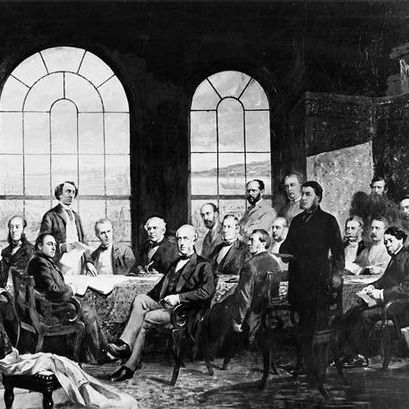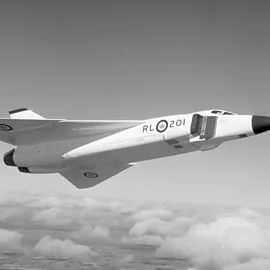It is #ItalianHeritageMonth and this is the story of Angelina Napolitano, who brought domestic abuse to national awareness
Napolitano was born in Naples, Italy on March 12, 1882 & came to Canada in 1909 with her husband Pietro, settling in Sault Ste. Marie.
🧵1/7
Napolitano was born in Naples, Italy on March 12, 1882 & came to Canada in 1909 with her husband Pietro, settling in Sault Ste. Marie.
🧵1/7

The couple had four children but the marriage was abusive. Pietro often hit and threatened Angelino. In November 1910, he stabbed her nine times in the face, neck, shoulder, chest & arms with a pocket knife. He was charged but received a suspended sentence.
🧵2/7
🧵2/7

In the winter of 1910-11, Pietro started to pressure Angelina to earn money through prostitution.
On April 16, 1911, while she was six months pregnant, Pietro told her to go out and prostitute herself or he would kill her.
He said she had until he woke up to earn money.
🧵3/7
On April 16, 1911, while she was six months pregnant, Pietro told her to go out and prostitute herself or he would kill her.
He said she had until he woke up to earn money.
🧵3/7

As he slept, she took an axe and hit him four times in the head, killing him. She then went to her neighbour and said "I just killed a pig"
She waited for the police to arrive as she held her youngest child.
She was put on trial on May 9, 1911. The trial lasted 3 hours.
🧵4/7
She waited for the police to arrive as she held her youngest child.
She was put on trial on May 9, 1911. The trial lasted 3 hours.
🧵4/7

Her lawyer was the first to use the "battered woman defense" but the judge said it was inadmissible evidence.
The jury returned a guilty verdict & asked for clemency. Instead, the judge sentenced her to death. Her execution date was set for Aug. 9.
🧵5/7
The jury returned a guilty verdict & asked for clemency. Instead, the judge sentenced her to death. Her execution date was set for Aug. 9.
🧵5/7

Her execution date was one month after the due date for her baby.
The media coverage of her story was typically racist, calling her a hot-blooded foreigner.
The public saw her differently, and someone who had suffered in her marriage. Public outcry hit a fever pitch.
🧵6/7
The media coverage of her story was typically racist, calling her a hot-blooded foreigner.
The public saw her differently, and someone who had suffered in her marriage. Public outcry hit a fever pitch.
🧵6/7

Sir Allen Aylesworth, the federal Minister of Justice received many letters and petitions asking for clemency.
On July 14, 1911, her sentence was commuted. She served 11 years in Kingston & upon her parole, lived a quiet life until she died on Sept. 4, 1932.
🧵7/7
On July 14, 1911, her sentence was commuted. She served 11 years in Kingston & upon her parole, lived a quiet life until she died on Sept. 4, 1932.
🧵7/7

• • •
Missing some Tweet in this thread? You can try to
force a refresh





















